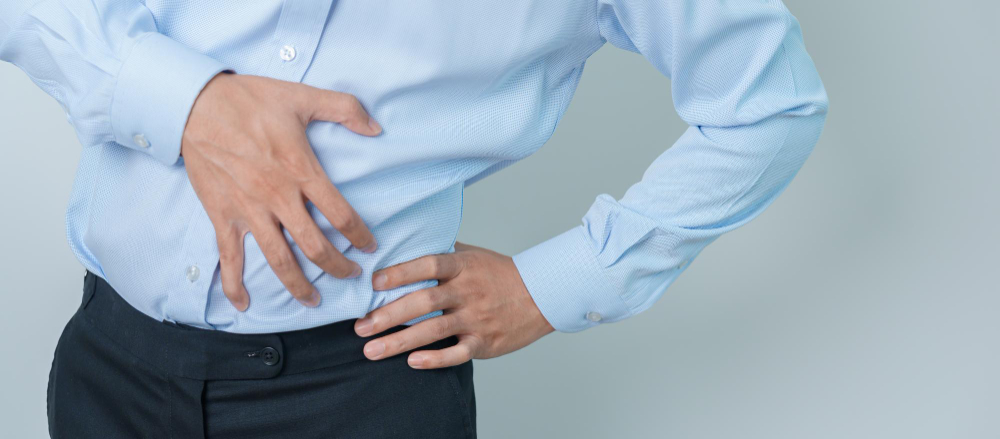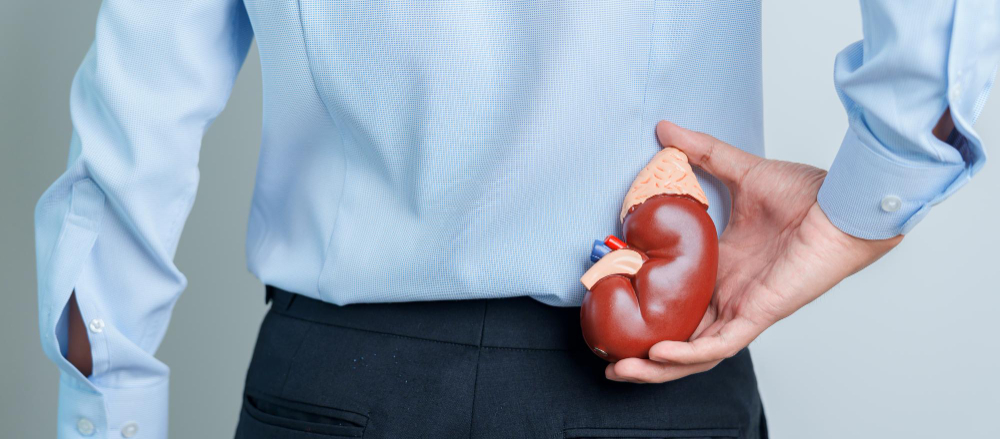
Kidney stones are hard deposits composed of minerals and acid salts that form within the kidneys. They develop when urine becomes highly concentrated, allowing minerals to crystallize and bind together. These calcifications can range in size from tiny grains to larger masses comparable to a walnut, causing significant pain when they move through the urinary tract. One of the primary causes of kidney stone formation is inadequate hydration, which leads to highly concentrated urine and creates an acidic environment in the kidneys. This acidity promotes the crystallization of substances such as calcium oxalate, uric acid, and other compounds. According to the National Institute of Diabetes and Digestive and Kidney Diseases (NIDDK), dehydration is a significant risk factor for stone development.
Dietary habits and specific medical conditions can contribute to stone formation. High intakes of calcium and vitamin D supplements may elevate the level of calcium in the urine, potentially leading to stone accumulation. Additionally, diets rich in oxalate-containing foods like spinach, rhubarb, and nuts can contribute to calcium oxalate stones, the most common type of kidney stones. Uric acid stones, another common type, are often associated with high-protein diets and conditions that increase uric acid levels, such as gout.

Kidney stones often go unnoticed until they start to move within the kidney or pass into the ureter, the narrow tube connecting the kidneys to the bladder. This movement can cause severe symptoms, including sharp pain in the lower back and sides, pain that radiates to the lower abdomen and groin, blood in the urine (hematuria), and a burning sensation during urination. Other symptoms can include frequent urination, nausea, and vomiting. If these symptoms occur, it is essential to seek medical attention. Left untreated, stones can cause complications such as ureter blockage, which can lead to kidney damage or infections.
Diagnosis of kidney stones typically involves imaging techniques like ultrasound or CT scans. These methods allow healthcare providers to visualize the size, shape, and location of the stone. A CT scan provides more detailed images and can identify even the smallest stones. Urinalysis may also be used to detect the presence of blood or stone-forming minerals in the urine. The Mayo Clinic explains that a combination of these diagnostic tools helps guide the treatment plan.
Treatment for kidney stones depends on their size and type. Small stones often pass naturally through the urinary tract by increasing fluid intake, using pain relievers, and sometimes taking medications that relax the ureter muscles, such as alpha-blockers, to facilitate passage. However, larger stones that cause persistent symptoms or lead to complications may require medical intervention. Procedures such as extracorporeal shock wave lithotripsy (ESWL) use sound waves to break the stones into smaller pieces that can pass more easily. In severe cases, minimally invasive surgical options like ureteroscopy or percutaneous nephrolithotomy may be necessary to remove or break down larger stones directly. The Cleveland Clinic provides insights on these treatment options and their success rates.
Prevention is essential for those who have experienced kidney stones or are at risk. Staying well-hydrated is the most effective way to prevent stone formation. It is generally recommended to drink enough fluids to produce at least 2 liters of urine per day. Adjusting the diet to reduce the intake of sodium, oxalate-rich foods, and animal protein can also help decrease the risk of developing stones. For individuals prone to certain types of stones, specific medications may be prescribed to prevent recurrence.

For people with recurrent stones or a high risk of developing them, ongoing care with a healthcare provider is crucial. Regular follow-ups, dietary guidance, and medications tailored to an individual’s metabolic profile can significantly reduce the likelihood of stone formation and the complications associated with it.


